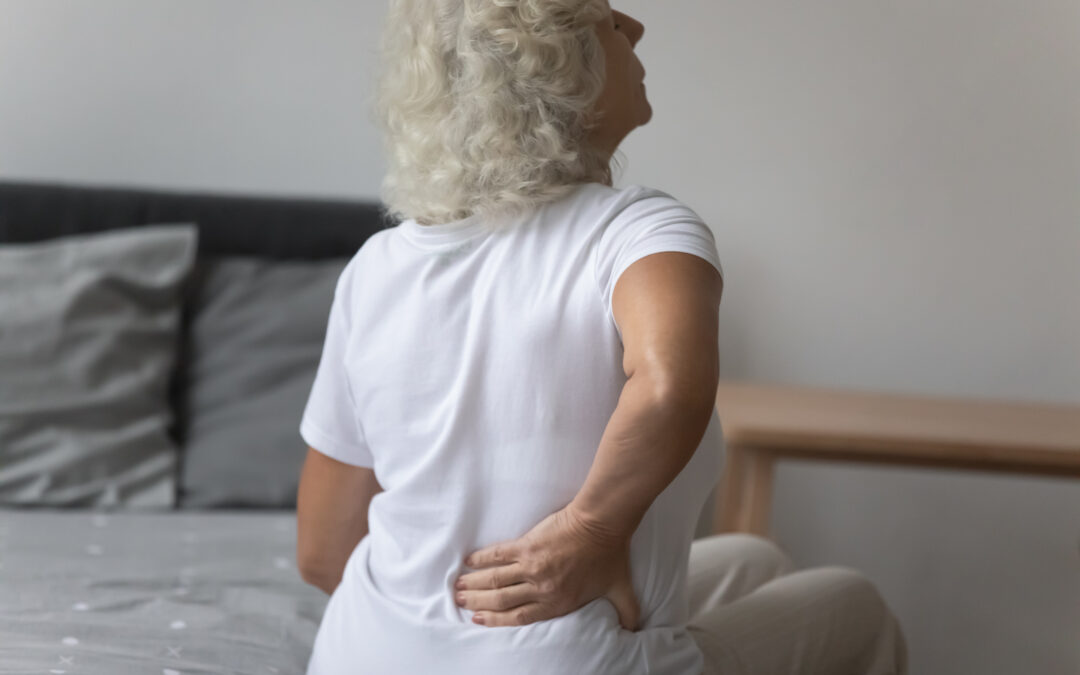Spinal stenosis is a medical condition characterized by the narrowing of the spinal canal, which houses the spinal cord and nerve roots. This narrowing can put pressure on the spinal cord and nerves, leading to various symptoms. There are two main types of spinal stenosis: lumbar stenosis (affecting the lower back) and cervical stenosis (affecting the neck).
- Causes:
- Degenerative Changes: The most common cause is the wear and tear of the spine that occurs with aging. This can lead to the development of osteoarthritis and the formation of bone spurs.
- Herniated Discs: Discs in the spine can bulge or herniate, contributing to spinal canal narrowing.
- Thickened Ligaments: Ligaments in the spine may become thickened over time, also contributing to stenosis.
- Tumors or Abnormal Growth: Uncommonly, tumors or abnormal bone growths can lead to spinal stenosis.
- Symptoms:
- Pain: Chronic pain in the affected area, typically the lower back or neck.
- Numbness or Weakness: Numbness, tingling, or weakness in the legs or arms, depending on the location of stenosis.
- Difficulty Walking: Lumbar stenosis can cause difficulty walking or maintaining balance.
- Bowel or Bladder Dysfunction: In severe cases, lumbar stenosis can lead to bowel or bladder dysfunction.
- Diagnosis:
- Medical History and Physical Examination: The doctor will ask about symptoms, medical history, and perform a physical examination.
- Imaging Studies: X-rays, MRI (Magnetic Resonance Imaging), or CT (Computed Tomography) scans can provide detailed images of the spine, helping to diagnose and locate stenosis.
- Treatment:
- Conservative Approaches: Mild cases may be managed with pain medications, physical therapy, and lifestyle modifications.
- Epidural Steroid Injections: These injections can help reduce inflammation and alleviate symptoms temporarily.
- Surgery: In severe cases or when conservative measures fail, surgical procedures such as decompression surgery or spinal fusion may be considered.
- Prevention:
- Maintaining a healthy lifestyle with regular exercise to strengthen the spine.
- Proper body mechanics to prevent injury.
- Avoiding excessive strain on the spine.
It’s important to note that treatment options depend on the severity of the condition and individual factors, and a healthcare professional should be consulted for a proper diagnosis and treatment plan.
For more information about our clinic, medical professionals, and treatment options, please visit our main website.
